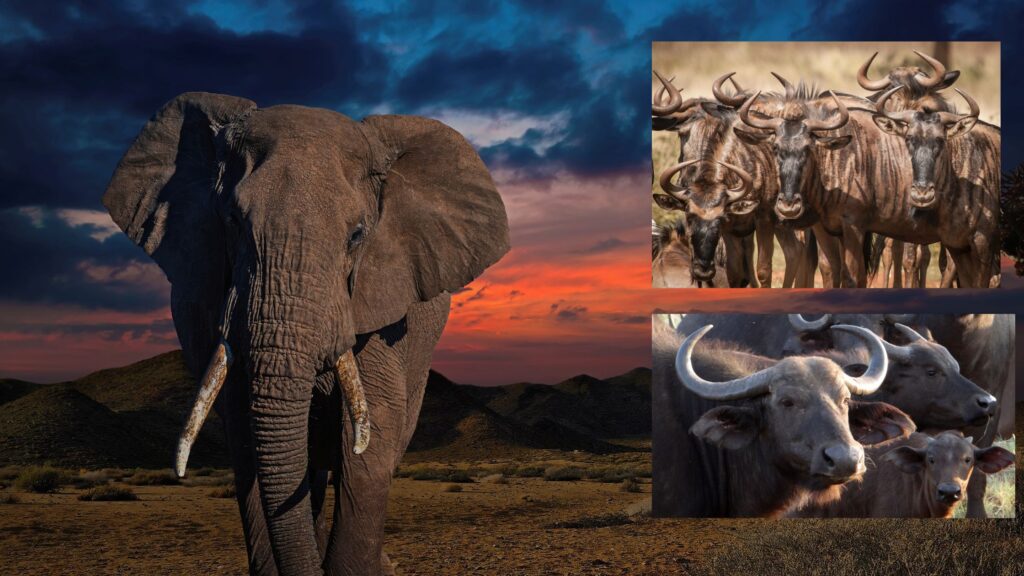The Heroes of Wildlife Conservation
In the heart of our planet’s most remote and untouched landscapes, a quiet revolution is taking place. This revolution is not driven by political agendas or economic incentives, but by a deep-seated passion for preserving the natural world. The heroes of this revolution are the wildlife conservationists, dedicated individuals who have committed their lives to protecting our planet’s most vulnerable species. These Guardians of the Wild are the unsung heroes of our time, working tirelessly to ensure that future generations can experience the beauty and diversity of the natural world.
The Role of Wildlife Conservationists
Wildlife conservationists play a crucial role in maintaining the delicate balance of our ecosystems. They work on the front lines of conservation, often in harsh and dangerous environments, to monitor and protect endangered species. Their efforts include:
- Habitat Preservation: Protecting and restoring the natural habitats of endangered species is a primary focus. This involves working with local communities, governments, and organizations to create protected areas and enforce conservation laws.
- Anti-Poaching Initiatives: Poaching remains one of the biggest threats to wildlife. Conservationists implement anti-poaching measures, including surveillance, patrols, and community education programs to reduce illegal hunting.
- Research and Monitoring: Continuous research is essential to understand the needs and behaviors of endangered species. Conservationists conduct field studies, track animal movements, and collect data to inform conservation strategies.
- Community Engagement: Involving local communities in conservation efforts is vital. Conservationists work to educate and empower communities to become stewards of their local environment, ensuring sustainable practices and reducing human-wildlife conflict.
Success Stories in Wildlife Conservation
- The Black Rhino Comeback: In Africa, the black rhino population was on the brink of extinction due to poaching. Thanks to intensive conservation efforts, including anti-poaching patrols and habitat restoration, black rhino numbers are gradually increasing.
- Sea Turtle Nesting Sites: In coastal regions around the world, conservationists have worked tirelessly to protect sea turtle nesting sites. By reducing light pollution, managing beach activities, and protecting nests from predators, sea turtle populations are rebounding.
- The Return of the Bald Eagle: Once endangered due to pesticide use and habitat loss, the bald eagle population in the United States has made a remarkable recovery. Conservation measures, such as banning harmful pesticides and protecting nesting sites, have led to a resurgence of this iconic species.
How You Can Help
Everyone has a role to play in wildlife conservation. Here are some ways you can contribute:
- Support Conservation Organizations: Donate to or volunteer with organizations dedicated to wildlife conservation. Your contributions can help fund vital research and conservation projects.
- Reduce Your Carbon Footprint: Climate change poses a significant threat to wildlife. Reduce your carbon footprint by using energy-efficient appliances, driving less, and supporting renewable energy sources.
- Educate and Advocate: Spread awareness about the importance of wildlife conservation. Advocate for policies that protect natural habitats and endangered species.
- Responsible Tourism: When traveling, choose eco-friendly and sustainable tourism options. Avoid activities that exploit wildlife and support local conservation efforts.
Wildlife conservation is a collective effort that requires the dedication and passion of individuals and communities worldwide. The Guardians of the Wild are leading the charge, but they cannot do it alone. By supporting conservation initiatives, educating others, and making sustainable choices, we can all become heroes in the fight to protect our planet’s precious wildlife. Together, we can ensure that the beauty and diversity of the natural world endure for generations to come.
